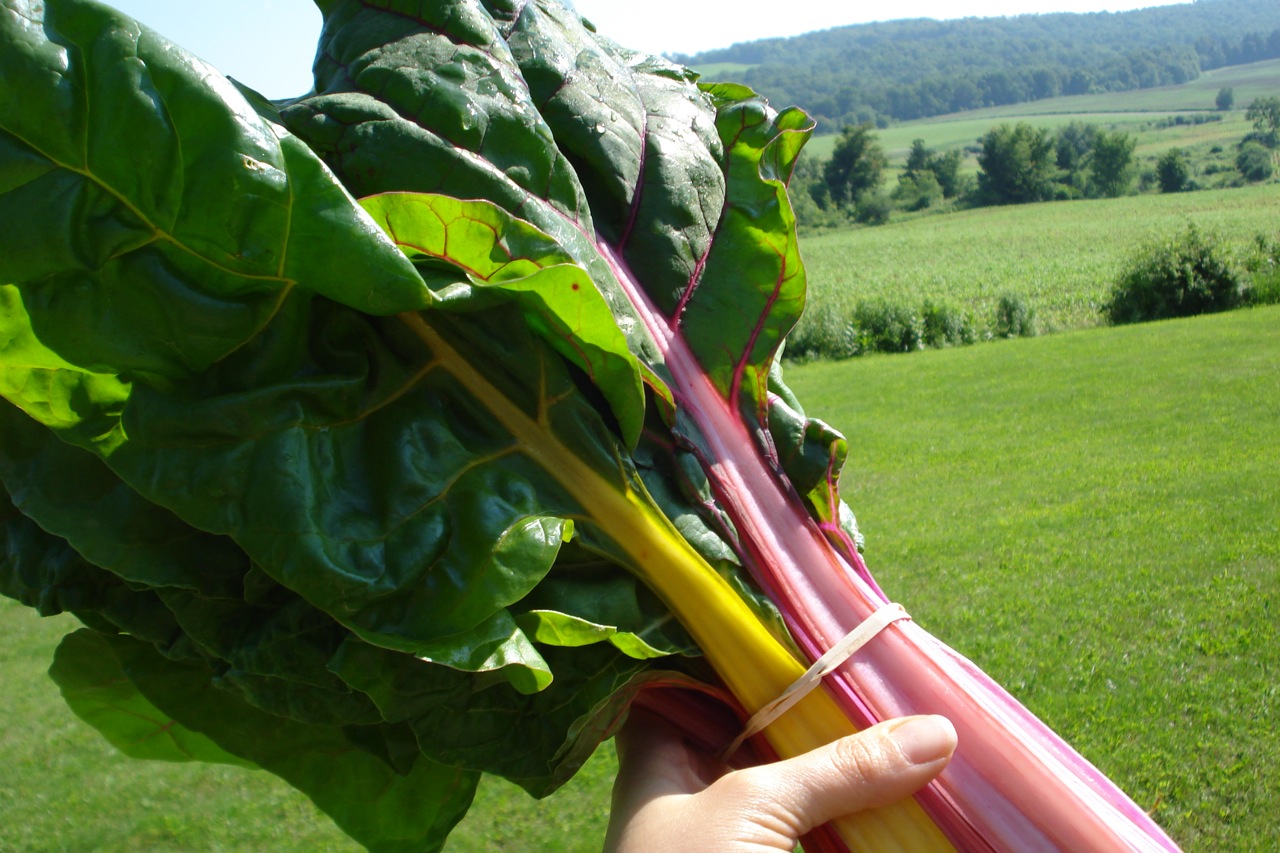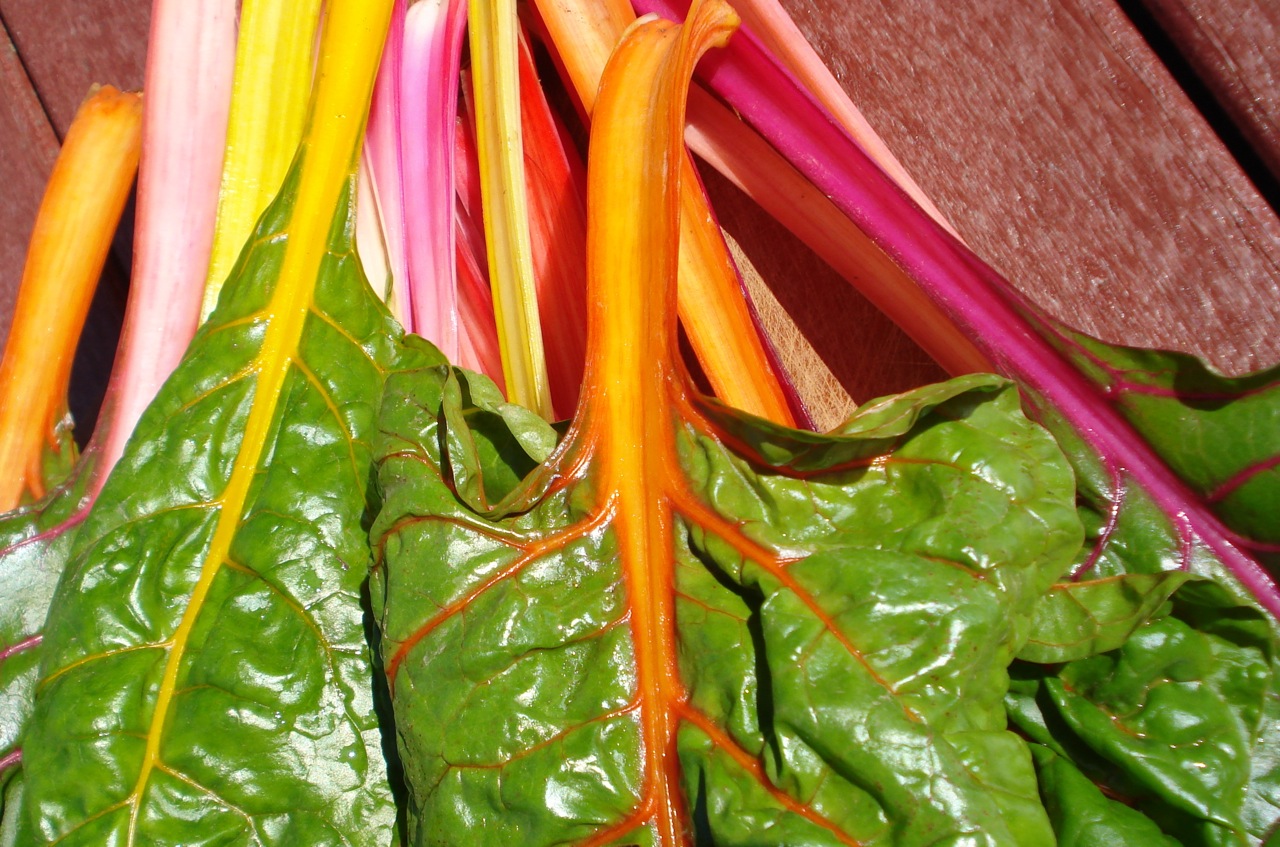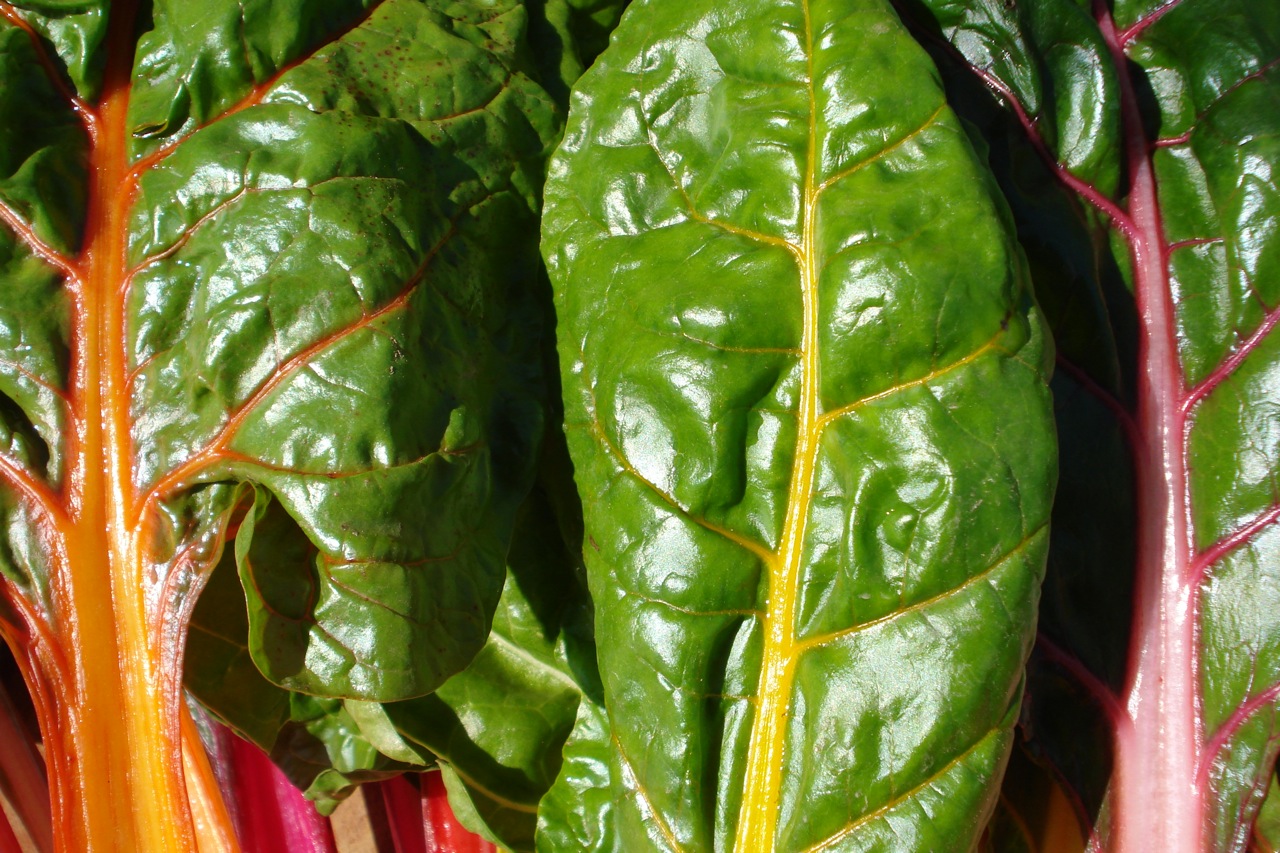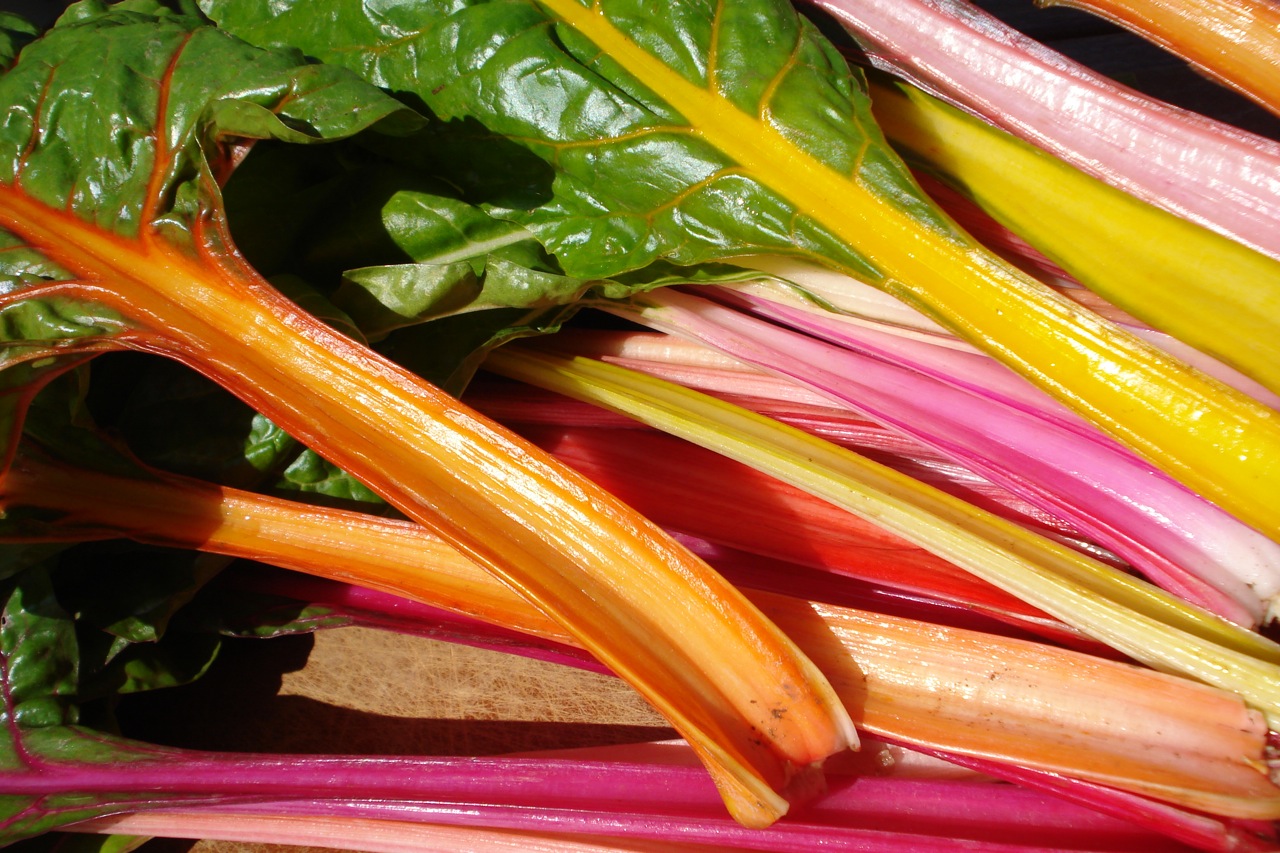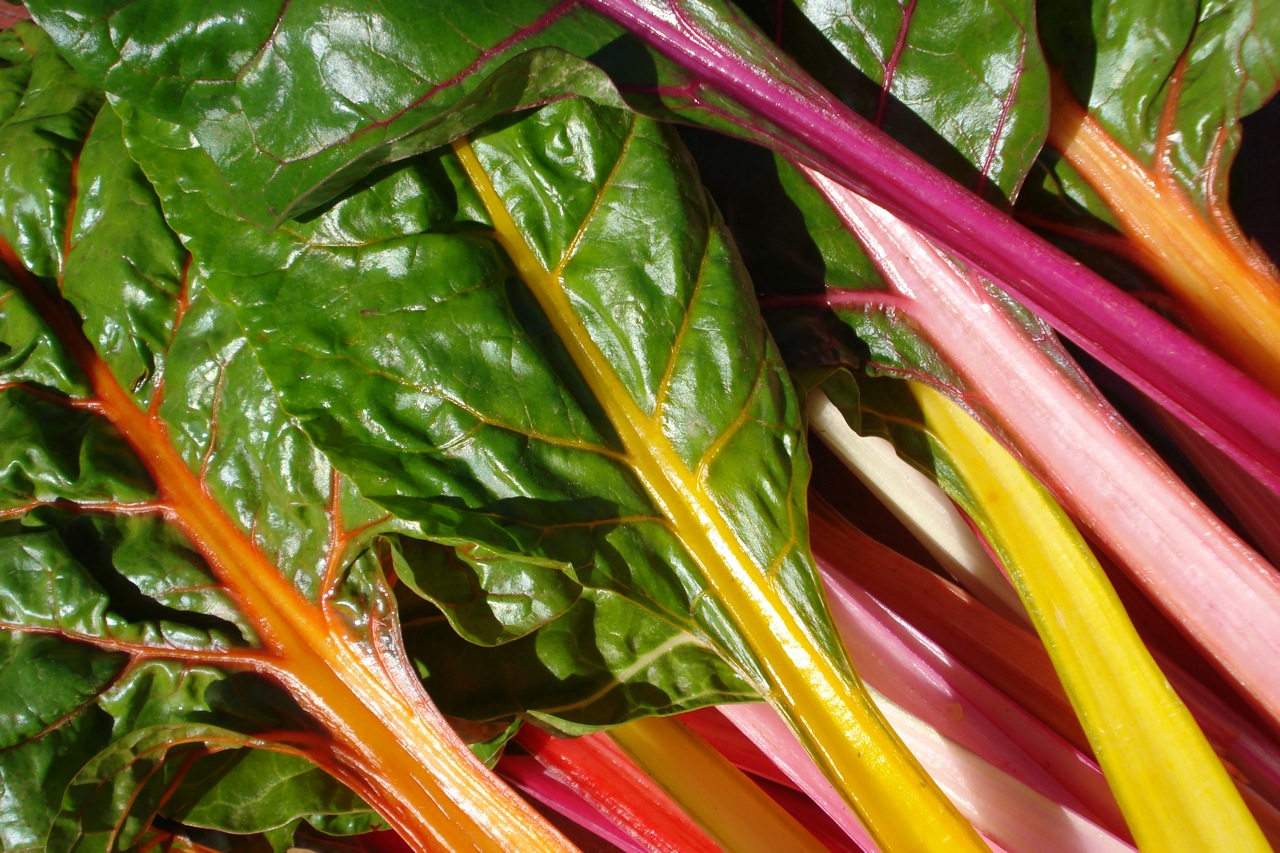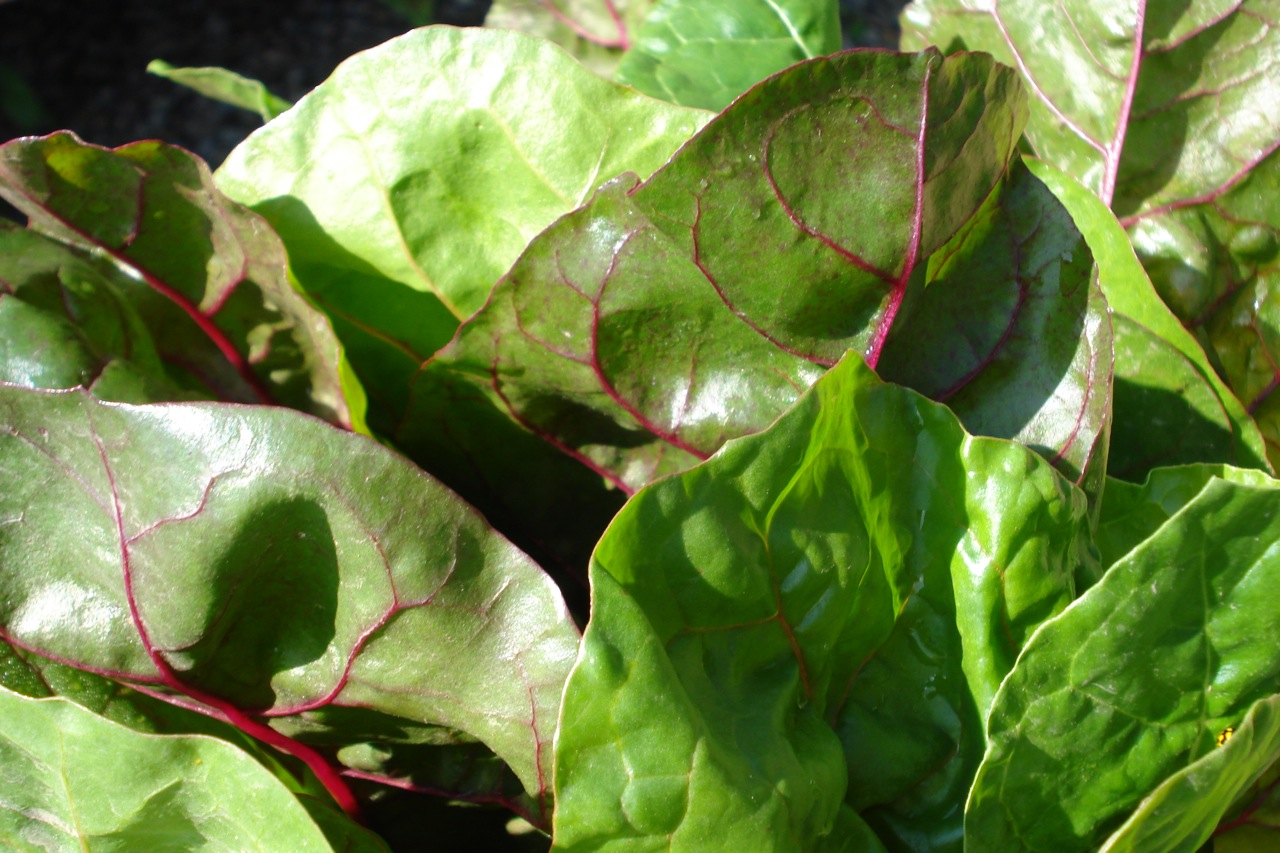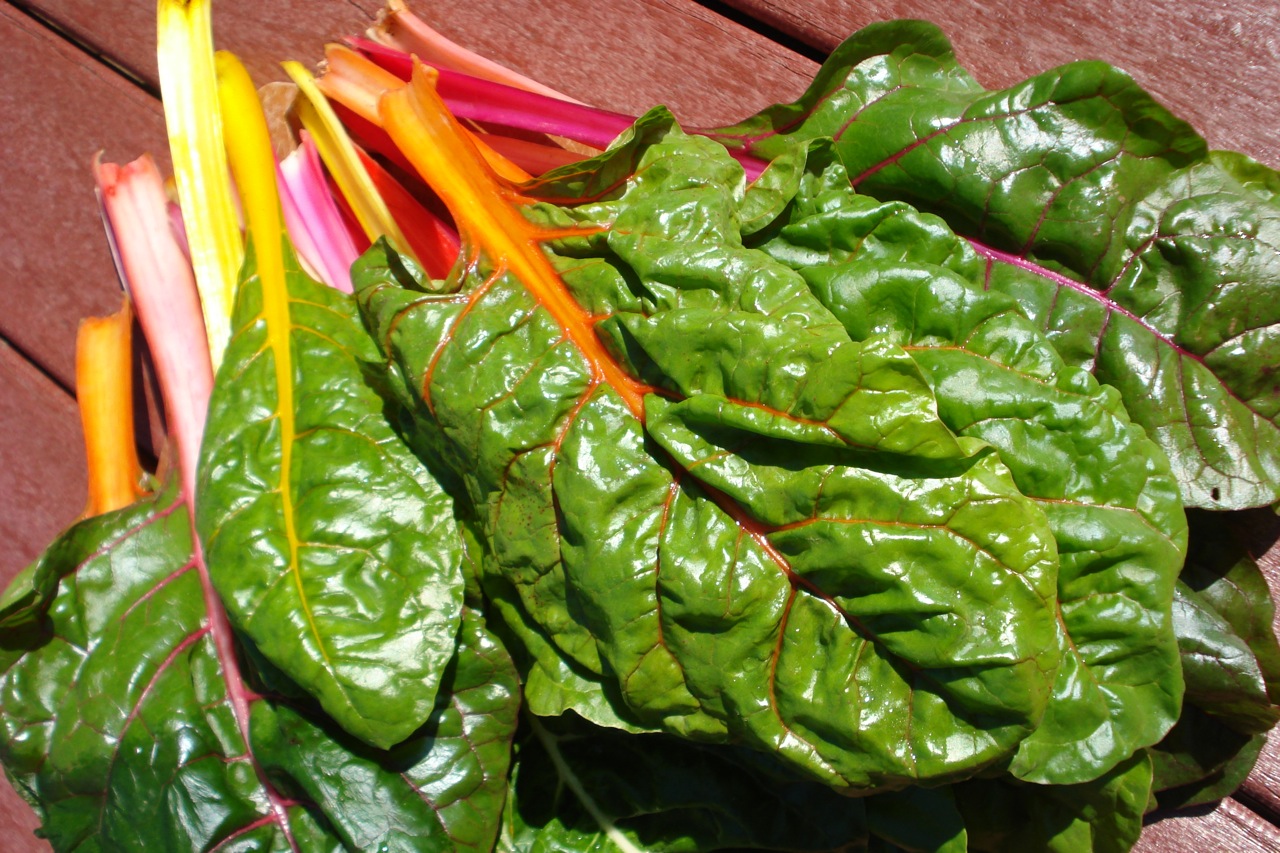EATING LOCALLY – SOME OF THE BENEFITS:
At some point, while biting into a New Zealand Braeburn, it occurred to me just how ridiculous it was that the apple in my hand was grown on a different continent, having traveled perhaps 8,000 miles to reach me, even though we produce thousands of juicy apples here in Upstate, NY. It made me wonder if there was a New Zealander in the same predicament – holding a NY McIntosh in one hand, and scratching his head w/ the other. What a waste! But not only that….who knows how long it took that New Zealand apple to get to my local grocery store. And then, how long was it sitting there, before I came along and picked it up? The longer produce sits around, the more nutrients and flavor are lost.
Knowing that each fresh food item in our refrigerator travels an average of 1,500 miles to get there, it’s easy to see how bypassing all that gas-guzzling transportation can make a big impact on our environment, ultimately helping to reduce global warming.
Of course, locally grown food is fresher, more nutritious & tastes better, as it’s been allowed to ripen on the vine. Produce that needs to travel great distances must be picked “green” – long before optimal harvest time. If a batch of peaches were picked at perfect ripeness and shipped from Georgia to NY, they’d arrive more like peach soup (this is why they’re picked hard & green). On the other hand, some lucky duck in Georgia plucks a tender, juicy one, and lets it fall apart where it’s supposed to – inside a mouth as opposed to a truck.
Eating locally encourages variety. Ever eaten kohlrabi, garlic scapes, celeriac, or chinese cabbage? I, for one, hadn’t, until I joined my local CSA. Of course, we don’t always like every new food we try, but at the same time, we’ve gotten very attached to some we never would have considered previously.
When buying directly from family owned farms, it eliminates many levels of the middle-man, who combined, normally take an 80% cut of every sale, leaving only 20% for the farmers. When small farms receive the support they need, directly from the community, they can maintain, and even thrive, keeping farm land, farm land, and not losing it to another development project.
Lastly, it’s simply the way nature intended it. It’s good for us & the planet. It just makes sense.
_____________________________________________________________________________________
HOW TO DO IT….
~ JOIN A CSA FARM (Community Supported agriculture). For those unaware of the concept, this entails finding a local farm, paying a set price upfront, then, come June (through Oct or Nov), pick up a weekly box with a mixture of whatever produce is ready for harvest. This usually has to be arranged by January if you want to get in for the upcoming spring/summer/autumn harvest. If you don’t like surprises, see option 2!
~ FARMERS MARKETS – Find out when and where the closest farmers market will be setting up, and stop by weekly to see what kind of fresh goodies are available. This way, you can pick and choose exactly what you want.
~ BUY DIRECTLY FROM LOCAL FARMS AND CO-OPS – Whether it’s a roadside stand, store front farm, or a local co-op, they’re all great resources to take advantage of.
~ Some grocery stores have a “LOCALLY GROWN” area. If yours doesn’t, simply ask which foods they regularly buy locally. The more they receive such inquiries, the more they’ll look into the subject themselves. Likewise, support local restaurants that buy some portion of their food locally.
~ If you want to try out your own green thumb….PLANT A GARDEN IN YOUR BACKYARD, OR AT A COMMUNITY GARDEN PLOT.
~ If inclined, PRESERVE FOOD FROM THE SEASON BY FREEZING, DRYING, FERMENTING, AND CANNING. This way, you can enjoy some locally grown food, well into winter.
_______________________________________________________________________
All these efforts helps to move us away from the industrial food system. Anyone who takes even a small peek at what goes on behind those big industrial doors, knows this is a good thing!
______________________________________________________________________________________
A few links on how to find local food in your area:
______________________________________________________________________________________
Ps – Have you ever seen such beautiful colors!? (Click on photos for the full effect!) It’s like real life Willie Wonka land! I had a difficult time deciding between a vase and a saute pan =)
This gorgeous swiss chard was nurtured to life by the careful attention, and back-breaking labor, provided by the good farmers of Old Path Farm Sauquoit, NY.
__________________________________________________________________________







